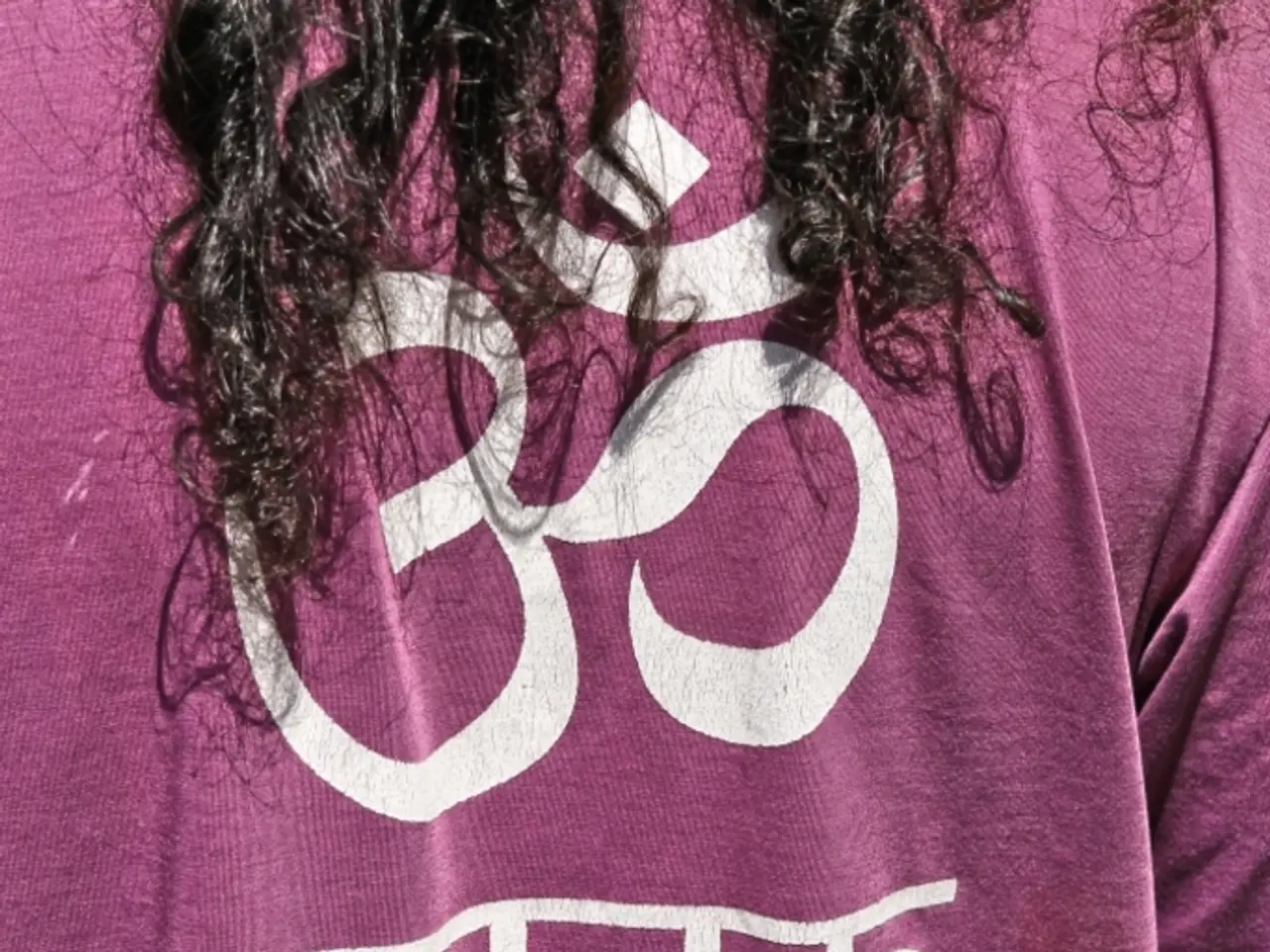Moon-aligned Yoga Practices: Mastering Lunar-influenced Wellness Regimen
In the world of yoga and Ayurveda, each moon phase is believed to carry a unique energy that can greatly influence our practice and daily lives. By tuning into these lunar energies, we can enhance our well-being and find balance.
During the Full Moon phase, the calming, nurturing energy of the moon is recommended. Practicing Moon Salutations (Chandra Namaskar) in the evening or at night helps balance the feminine lunar energy, calm the mind, and prepare the body for restful sleep. This sequence is gentle, flowing, and ideal for releasing tension and fostering inner peace. Ayurvedic rituals at this time may include meditative practices such as the Lotus Mudra, mantra chanting personalized to your moon nakshatra, and taking calming adaptogens like Organic Ashwagandha to ease stress and support rest.
The New Moon phase emphasizes emotional release, subtle detox, and setting fresh intentions aligned with lunar renewal energy. Self-care practices may include gentle fasting or detox, sipping warming herbal teas like ashwagandha, chamomile, or brahmi to soothe the nervous system, and using spiced milk with nutmeg or cardamom to promote sleep and hormonal balance, especially for Vata and Pitta dosha types.
The daily Moon Cycle, starting at sunset through sunrise, corresponds with Kapha and Vata doshas, encouraging winding down the body and mind for nourishment, healing, and introspection. This time is ideal for gentle activities like meditation, light meals, and relaxation practices supporting mental calmness and rejuvenation.
Additional Ayurvedic advice for aligning with lunar and circadian rhythms includes minimizing artificial light exposure at night, catching early morning sunlight to regulate circadian rhythm, and gentle exposure to moonlight during ovulation to reinforce connection with lunar cycles and support menstrual health.
As we move through the moon phases, each phase offers different opportunities for growth and reflection. The Last Quarter supports release. Let go of habits, thoughts, or patterns that no longer serve you, and create space for what's next. During the Waning Crescent, rest becomes more important. Use this time to restore, reflect, and prepare for the next cycle. Deep rest through guided Yoga Nidra or slow, supported stretches are recommended during this phase.
During the Waning Gibbous, gentle, grounding poses such as Seated Forward Fold, Supine Twist, and Cobra help release tension and support reflection. The Full Moon is a time for release, reflection, and expression, and emotional awareness may increase. Practicing Moon Salutations during the Full Moon helps manage heightened energy and creates a sense of inner peace.
During the Waxing Gibbous, energy is building toward a peak. Use this time to refine what you've started, adjust your course, and stay focused. Include lateral stretches and gentle twists, and seated forward folds like Seated Forward Fold (Paschimottanasana) or Butterfly Pose (Baddha Konasana) in your practice.
The First Quarter is a phase of action and momentum. You may feel a stronger push to overcome challenges or take decisions that move things forward. Practice strength-building postures like Plank, Chaturanga, Warrior II, and Chair Pose, and grounding poses like Cobra and Mountain Pose. Also, practice intentional breathwork like Ujjayi or Nadi Shodhana (alternate nostril breathing).
Remember, the moon moves through eight phases over roughly 29.5 days. During the Waning Crescent, meditation or silent sitting can end the cycle, allowing insights to settle and giving oneself permission to do less. During the Waxing Crescent, practice Mountain Pose, Warrior I, Ujjayi Breathing, and a light Vinyasa Flow session.
By listening to your body and adapting your practices according to the moon phase and your constitution, you can optimize these benefits and find harmony with the natural rhythms of the moon and your body.
- Yoga philosophy leads us to believe that each moon phase holds unique energies affecting our lifestyle, health-and-wellness, and mental-health.
- Embracing the Full Moon phase, science and Ayurveda suggest practicing Moon Salutations for balance, calming the mind, and fostering personal-growth.
- The New Moon phase encourages emotional release, subtle detox, and setting fresh intentions in the field of education-and-self-development, aligning with the principles of health-and-wellness.
- Adopting an approach that integrates yoga, Ayurveda, and self-care practices during the different moon phases, we can enhance our well-being, promote fitness-and-exercise, and foster mental-health alongside our daily lives.




